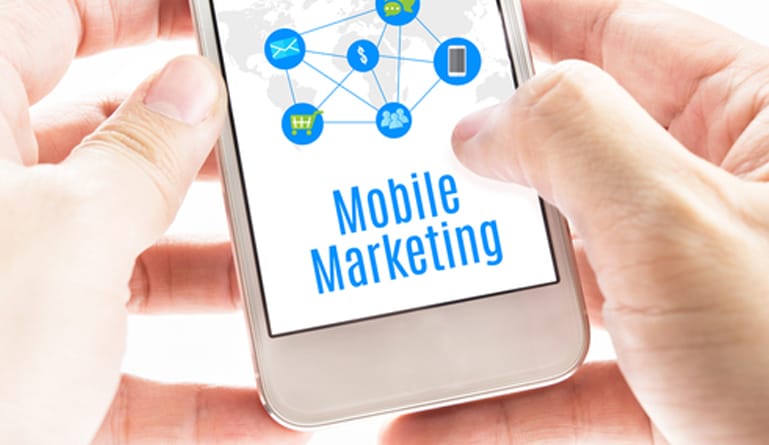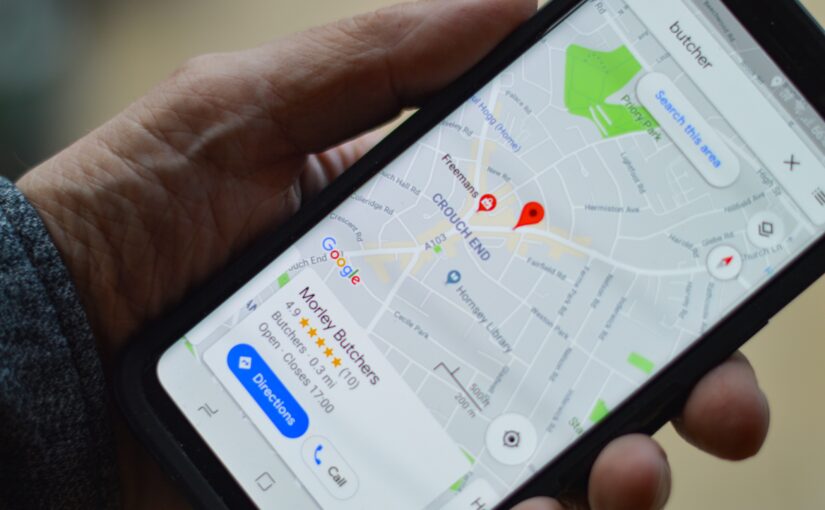The Mobile Revolution: A Seismic Shift in Search and Advertising
Smartphones and tablets have rapidly ascended in popularity. This transformation has changed how consumers interact with the digital world. It has revolutionized the search landscape and advertising strategies. This mobile revolution shows a dramatic increase in mobile search traffic. It has significant implications for businesses. Companies must consider how to reach their audience effectively.
Mobile Search Dominance
Mobile devices have become the primary tool for online searches. According to recent data, over 60% of all Google searches originate from mobile devices. This shift towards mobile-first search behavior has prompted Google and other search engines to prioritize mobile-friendly content in their algorithms. Consequently, businesses must ensure their websites are mobile-optimized to maintain visibility and competitiveness in search engine results.
Search Engine Marketing is essential for online visibility. It helps your business appear at the top of search results. This aids in attracting more potential customers who are actively searching for your services.
Key Trends and Statistics
1. Mobile Search Surpasses Desktop:
Mobile searches surpassed desktop searches several years ago, and this trend has only intensified. As of 2023, mobile devices account for more than half of all global web traffic, underscoring the importance of a robust mobile strategy
2. Increased Mobile Ad Spending:
The growth in mobile search traffic has been matched by a significant rise in mobile advertising expenditure. In the United States, mobile ad spending is projected to reach $160 billion by 2024. It will account for nearly 75% of total digital ad spending. This surge is driven by the effectiveness of mobile ads in reaching engaged users on-the-go.
3. Higher Conversion Rates:
Mobile devices often yield higher conversion rates due to the immediate nature of mobile searches. Consumers frequently use their smartphones to make quick decisions, whether purchasing, booking a service, or seeking information, making mobile a critical touchpoint in the consumer journey
4. App Store Optimization (ASO):
With millions of apps available, standing out in app stores has become a significant challenge. ASO, similar to SEO but for mobile apps, has become essential for improving app discoverability and download rates. Businesses are increasingly focusing on optimizing app titles, descriptions, and keywords to enhance visibility.
5. Voice Search:
The rise of voice-activated assistants like Siri, Google Assistant, and Alexa has introduced new dynamics into the search landscape. Voice searches, often performed on mobile devices, tend to be more conversational and localized, requiring advertisers to adapt their SEO strategies to include natural language queries and local keywords
6. Augmented Reality (AR) and Virtual Reality (VR):
AR and VR are beginning to influence mobile experiences, offering immersive ways for users to engage with brands and products. For instance, AR allows consumers to visualize products in their real-world environment before purchase, enhancing the shopping experience and potentially increasing conversion rates
Implications for Advertisers
The shift towards mobile-first search and advertising has several key implications for businesses:
1. Mobile-First Approach:
Businesses must prioritize a mobile-first mindset in all digital strategies. This involves ensuring that websites are not only mobile-friendly but designed primarily for mobile users. This approach includes streamlined navigation, fast loading times, and mobile-specific features.
2. Responsive Design:
Responsive design is critical for providing a seamless user experience across various devices and screen sizes. A responsive website adjusts its layout and content based on the device, ensuring usability and accessibility for all users.
3. Local SEO:
Given that a significant portion of mobile searches has local intent, optimizing for local SEO is crucial. This includes claiming and updating Google My Business listings, encouraging customer reviews, and using location-specific keyword.
4. Mobile Bidding Strategies:
Advertisers should leverage mobile-specific bidding strategies to maximize ROI. This includes adjusting bids based on device performance and targeting options like location and time of day, which are particularly relevant for mobile users
5. App Store Optimization:
For businesses with mobile apps, ASO is essential for driving organic downloads and engagement. This involves optimizing app metadata, including keywords, descriptions, and visuals, to improve visibility in app stores
Conclusion
The mobile revolution has fundamentally reshaped the search and advertising landscape.
Businesses that adopt a mobile-first approach can engage their target audiences. They optimize for local SEO. By leveraging emerging technologies like AR and VR, they can effectively convert their audiences.
As mobile continues to dominate, it is important to stay informed. Being agile in response to evolving trends is crucial for maintaining a competitive edge in the digital marketplace.
A Digital Marketing Agency can help you if you want to grow your brand. They can also assist you in improving your online sales. They provide the expertise and resources needed. They help you achieve your goals in a competitive digital landscape.
Call Us Today at 855-515-5544









